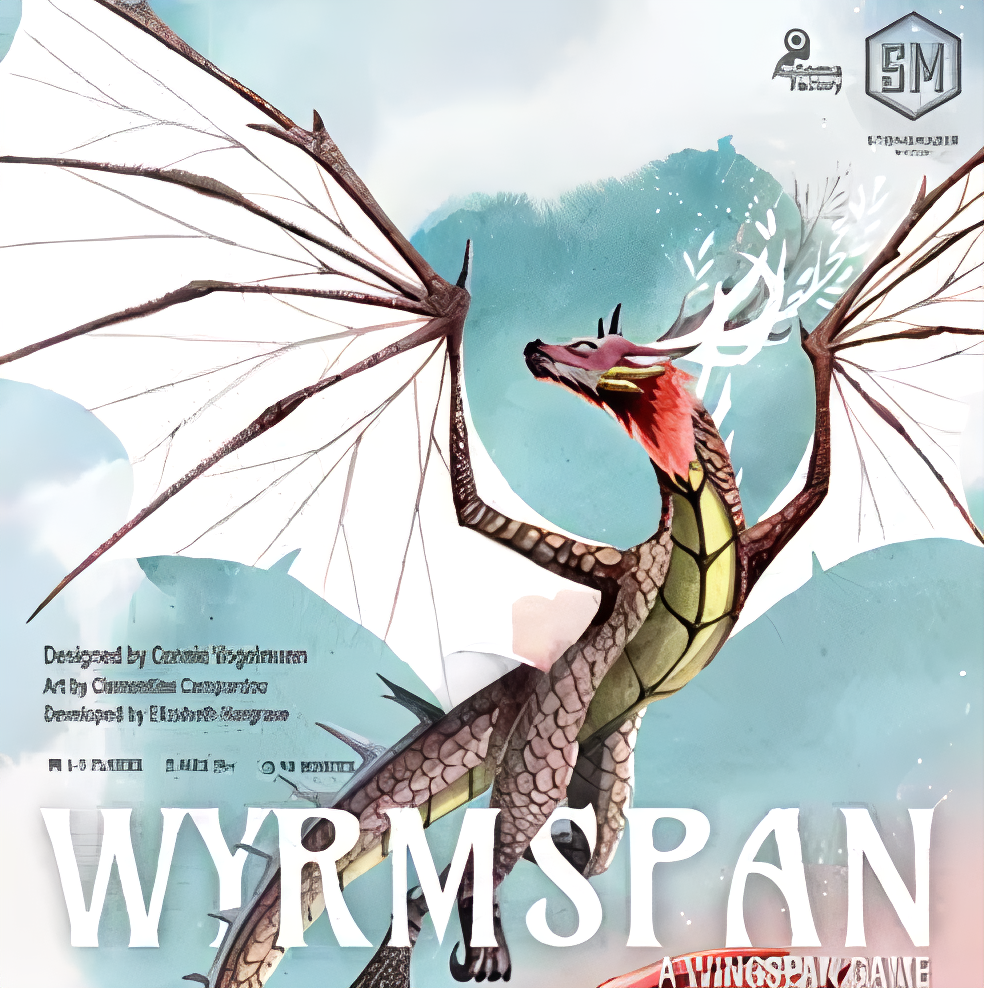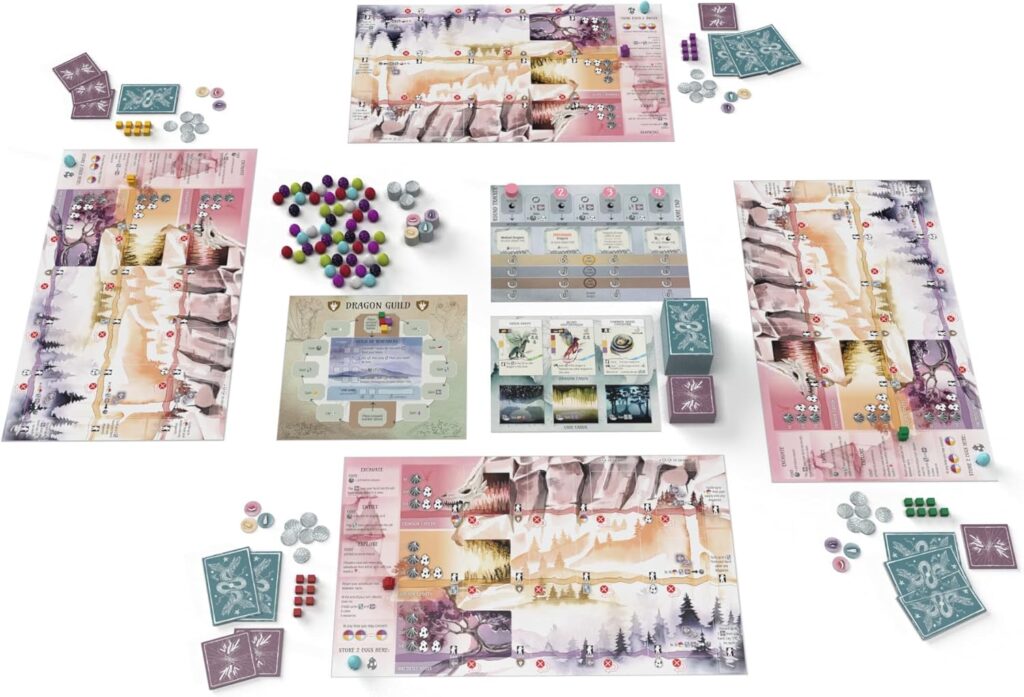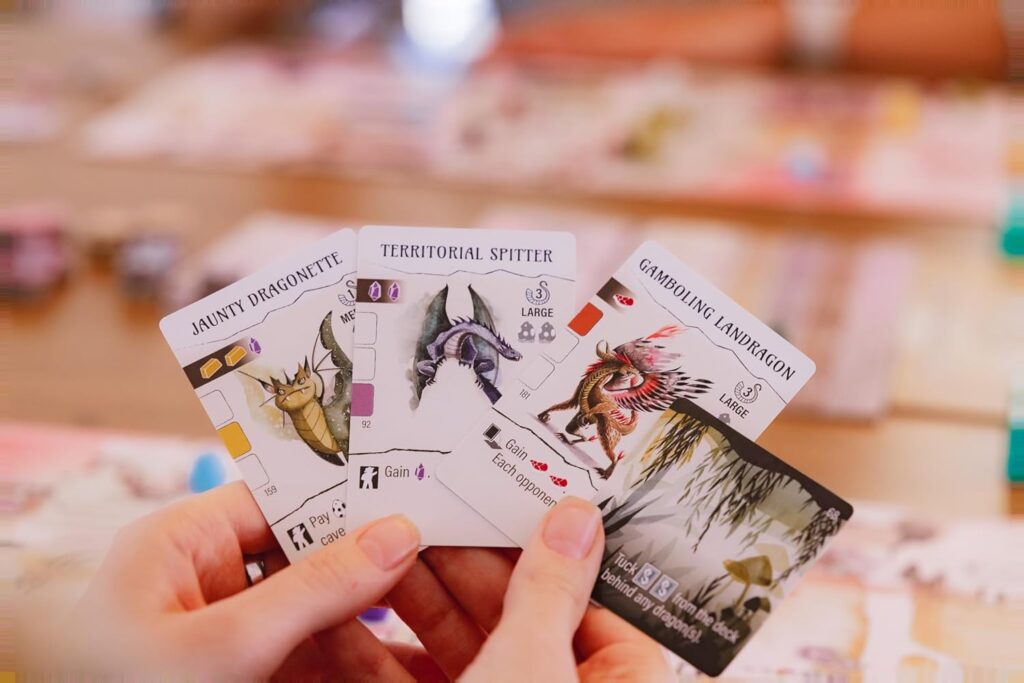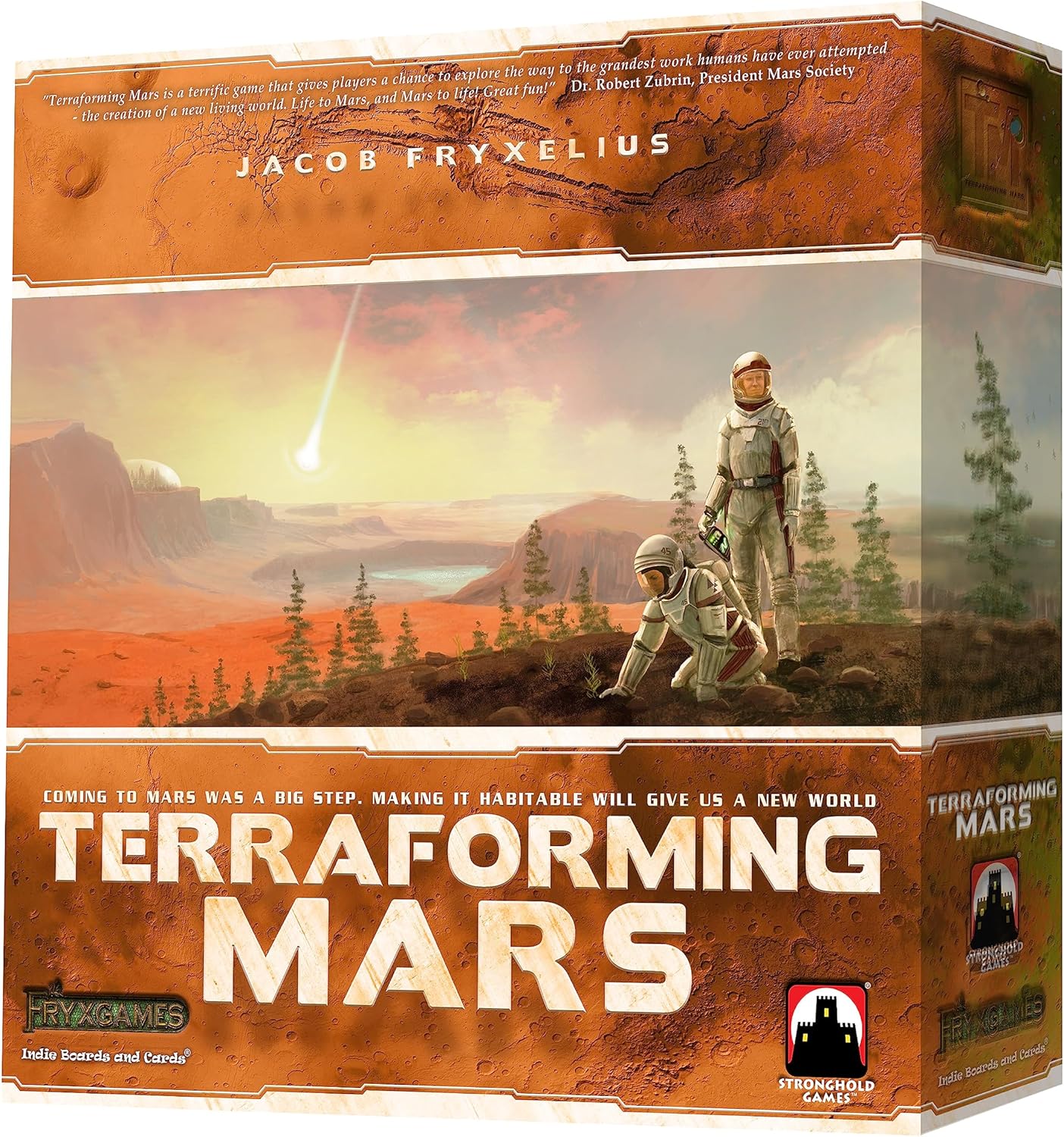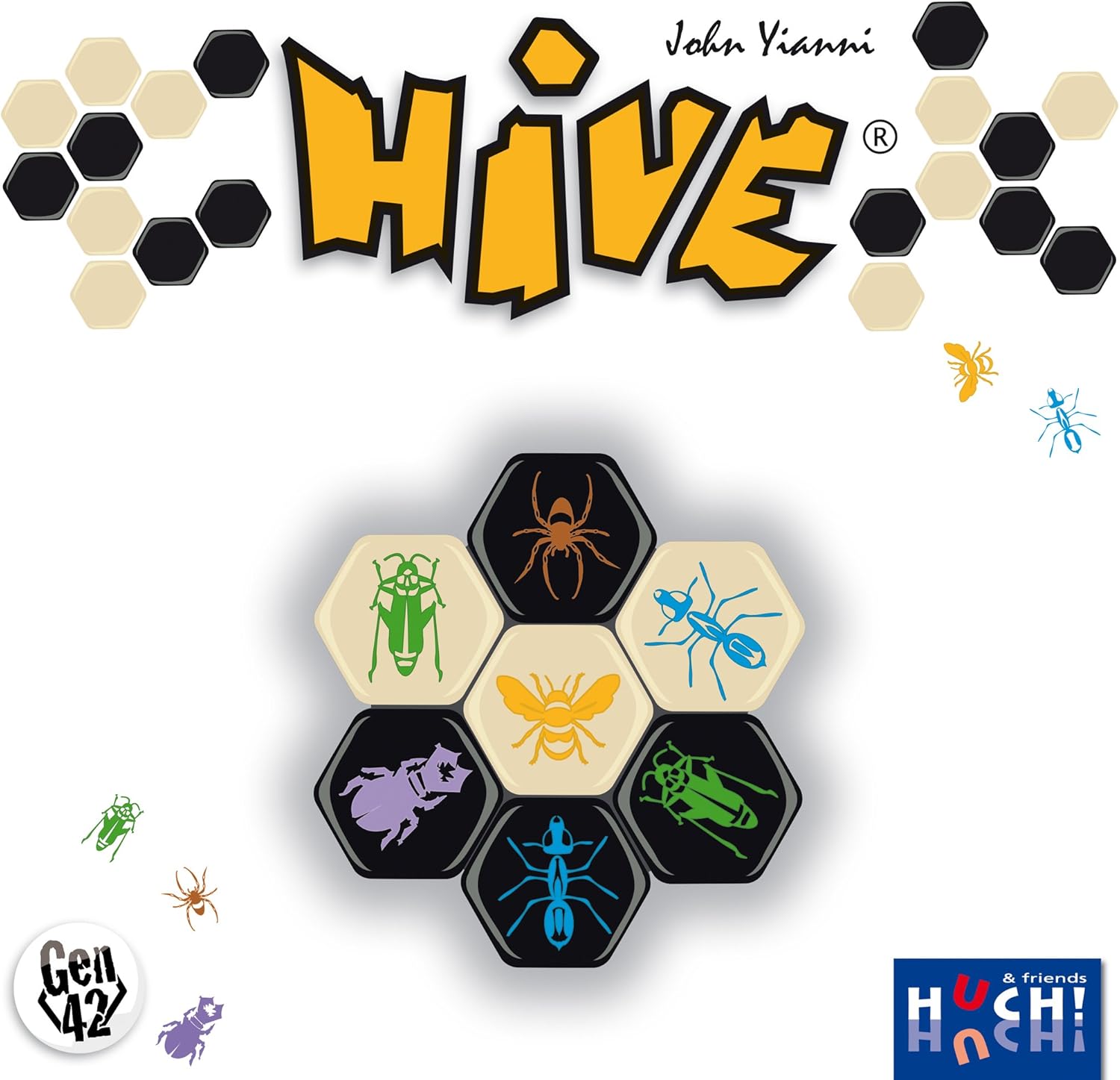Wyrmspan is a thoughtful evolution of the Wingspan formula, transporting players from peaceful bird sanctuaries to a subterranean world of ancient dragons. It preserves the core mechanic of tableau building, but introduces a suite of new elements—excavation, hatchling growth, exploration, and the Dragon Guild—that bring additional weight and complexity to the gameplay. For fans of strategic engine builders who enjoy planning multiple turns ahead and watching a slow build explode into high-efficiency combos, Wyrmspan delivers a satisfying and thematically rich experience.
Where Wingspan offers early accessibility and momentum, Wyrmspan leans into a more deliberate tempo. The first few rounds are spent digging tunnels and preparing roosts, slowly bringing dragons into play and laying the foundation for bigger, more synergistic turns. As the game progresses, those early efforts begin to pay off—actions become stronger, effects trigger across habitats, and scoring opportunities multiply. It’s a game that favors patient, calculated growth, and rewards those who can see the long game unfold over time.
Visual Design & Theme
Wyrmspan leans heavily into fantasy with striking illustrations, vibrant dragons, and layered cave designs that reinforce a sense of exploration. Each dragon card is uniquely illustrated with colors and textures that reflect the creature’s type and temperament, adding visual personality to every tableau. The cave boards themselves are richly designed, presenting pathways that players slowly excavate throughout the game, deepening the thematic immersion.
The connection between mechanics and theme is strong. Dragons roost in caves that must be excavated, hatchlings evolve into adults over time, and guild advancement reflects your growing reputation as a sanctuary builder. The fantasy concept never feels pasted on—it flows naturally from the systems, making the world of Wyrmspan feel alive and mechanically meaningful.
Production Value
As expected from Stonemaier Games, the production value is high. The dragon and cave cards are thick and linen-finished, the player boards are large and durable, and the variety of resource tokens—meat, gems, milk, coins, and eggs—are distinctive and satisfying to handle. The guild board adds a nice visual centerpiece and reinforces progression.
While the game includes a lot of components, everything feels intentional and of high quality. The box insert is functional, though not perfect, and some players may opt for aftermarket solutions to make storage more efficient. That said, straight out of the box, Wyrmspan offers a premium tactile and visual experience that matches the depth of play.
Ease of Learning
Wyrmspan builds on Wingspan’s structure, so anyone familiar with that system will feel some level of comfort. However, it introduces more rules up front—excavation requirements, hatchling behavior, exploration rewards, and guild advancement—which makes it a bit heavier to teach. New players may feel overwhelmed in the first game, especially as card synergies start to snowball.
That said, the game does a good job of easing players in with clear iconography, helpful player aids, and an excellent rulebook. By the end of a first playthrough, most players will have a firm grasp on the systems, and repeat sessions become far more fluid and strategic.
Setup & Teardown Time
Due to the number of components, setup takes around 10–12 minutes. Players must organize multiple decks, lay out guild and cave boards, distribute resources, and prepare individual player areas. While it’s not overwhelming, it does require table space and some initial organization—especially when playing with new or full groups.
Teardown is similar in scope. While the component quality helps make the process feel satisfying, it’s not as quick or breezy as lighter engine builders. This is a game best reserved for dedicated play sessions rather than spontaneous pull-off-the-shelf moments.
Gameplay Pace
Wyrmspan’s tempo starts slow and gradually builds as dragons are added and engines come online. Early rounds are focused on resource collection and excavation, with most actions yielding limited output. However, as the game progresses and dragons populate your cave system, turns become much more impactful—sometimes triggering three or four effects in a single action.
This crescendo is rewarding but can stretch out playtime, especially with players who are prone to analysis paralysis. While the game scales well for solo and two-player experiences, full five-player games may feel a bit sluggish in the final round. Still, most players will find the pacing deliberate but satisfying, especially once the game’s systems are understood.
Replayability
Wyrmspan offers strong replay value thanks to its large card pool, modular setup, and the different Dragon Guild paths available in each game. The asymmetry of the caves and the variety of dragons—each with different food needs, point values, and abilities—ensure that no two sessions unfold the same way.
The game supports multiple viable strategies: focusing on hatchling growth, maximizing exploration bonuses, or building around food economy are all competitive paths. Whether you’re playing solo, head-to-head, or in a full table of five, Wyrmspan remains fresh and rewarding over time.
Conclusion
Wyrmspan is a deeper, more intricate sibling to Wingspan—one that trades the accessibility and gentleness of bird-watching for a more strategic and deliberate experience. Its systems are layered, its combos potent, and its fantasy theming both immersive and well-integrated. While it asks for more from the player in terms of learning and focus, it gives back with turns that feel increasingly powerful and meaningful. For fans of engine-builders who want more complexity and more payoff, Wyrmspan is a rich and highly replayable addition to the genre.

